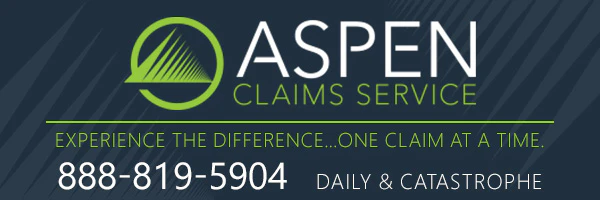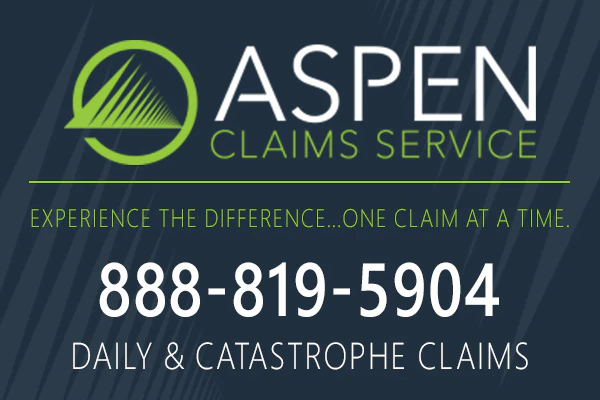
Navigating Gray Areas in Coverage Decisions
Thursday, September 4th, 2025 Claims Pages Staff Ethics in Claims Adjusting: Building Trust in a Competitive IndustrySome claims arrive with crystal-clear facts and equally clear policy language. Others, however, land in that murky middle groundwhere exclusions are vaguely worded, endorsements raise questions, or the situation simply wasnt contemplated when the policy was written. These gray areas are where ethical decision-making becomes not just important, but essential.
Adjusters are often the firstand sometimes onlyline of interpretation between a policyholders expectations and a carriers obligations. When faced with ambiguity, the temptation can be to err on the side of expedience or company interests. But doing so risks alienating the insured, exposing the organization to litigation, or creating precedent that undermines long-term trust. Instead, ethical frameworks offer a structured way to make difficult decisions with integrity.
Start with the basics: What was the intent of the policy provision? What is fair under the circumstances? Has the same situation arisen before, and if so, how was it handled? These are not just legal or procedural questionsthey are ethical ones. Consistency and fairness are foundational to professional ethics and essential for preserving credibility with both clients and regulators.
Transparency also plays a critical role. When decisions must be made in gray areas, clear documentation is key. Explaining not only what decision was made, but why it was made, helps ensure that otherswhether internal reviewers or external auditorsunderstand the rationale. It also allows policyholders to feel heard, even when the outcome isnt in their favor. Ethical behavior includes treating all parties with dignity, even amid disagreement.
When in doubt, consult. Collaboration with supervisors, legal counsel, or ethics officers isnt a sign of weaknessits a safeguard. Many organizations also maintain ethical guidelines or decision trees specifically for handling ambiguous claims. These resources are designed to remove personal bias and reinforce institutional standards. Adjusters should feel empowered to use them.
In the end, gray areas are where trust is forgedor lost. An adjuster who demonstrates ethical consistency in these challenging moments becomes a reliable steward of the claims process. This builds confidence not just with policyholders, but within the industry at large. Ethical decision-making isnt about being perfectits about being principled, especially when its hardest to do so.
The next time a coverage decision sits on the fence, dont just ask, What can we do? Ask, What should we do? That mindset doesnt just protect the claimit strengthens the profession.
Ethical behavior in claims adjusting is more than a regulatory necessityit's the key to building lasting trust with policyholders, colleagues, and partners. In this series, "Ethics in Claims Adjusting: Building Trust in a Competitive Industry," we examine the frameworks, strategies, and mindset that help adjusters uphold integrity even under pressure.
Explore the full editorial collection at Ethics in Claims Adjusting: Building Trust in a Competitive Industry and discover how leading with ethics can elevate both performance and professional reputation.

